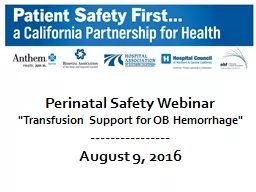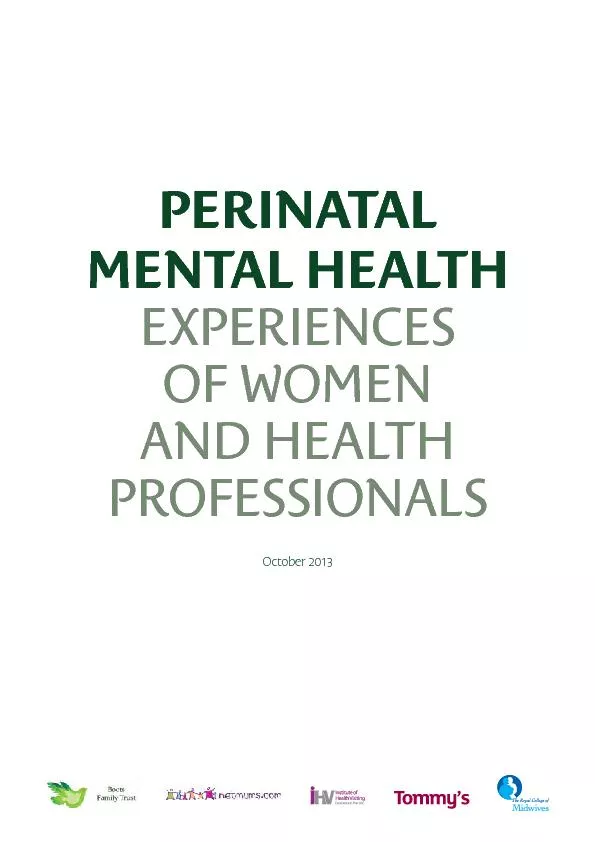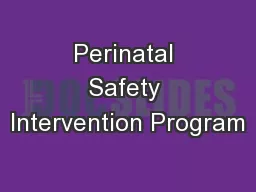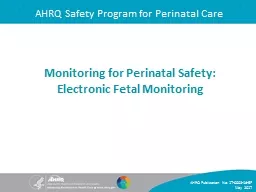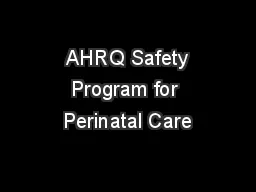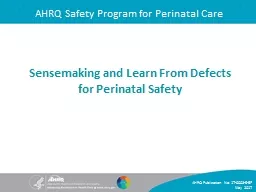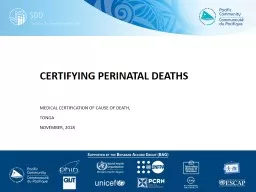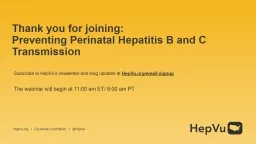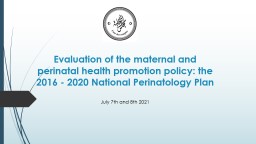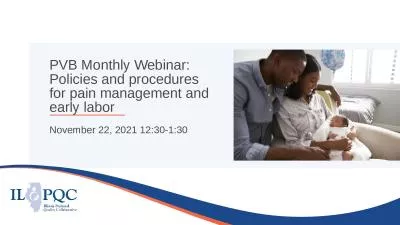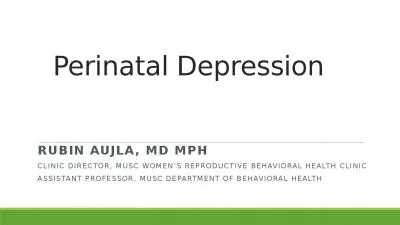PPT-Perinatal Safety Webinar
Author : donetrand | Published Date : 2020-06-17
Transfusion Support for OB Hemorrhage August 9 2016 Claire Manneh MPH Director of Programs CHPSO a Division of the Hospital Quality Institute TEL 9165527683
Presentation Embed Code
Download Presentation
Download Presentation The PPT/PDF document "Perinatal Safety Webinar" is the property of its rightful owner. Permission is granted to download and print the materials on this website for personal, non-commercial use only, and to display it on your personal computer provided you do not modify the materials and that you retain all copyright notices contained in the materials. By downloading content from our website, you accept the terms of this agreement.
Perinatal Safety Webinar: Transcript
Download Rules Of Document
"Perinatal Safety Webinar"The content belongs to its owner. You may download and print it for personal use, without modification, and keep all copyright notices. By downloading, you agree to these terms.
Related Documents

